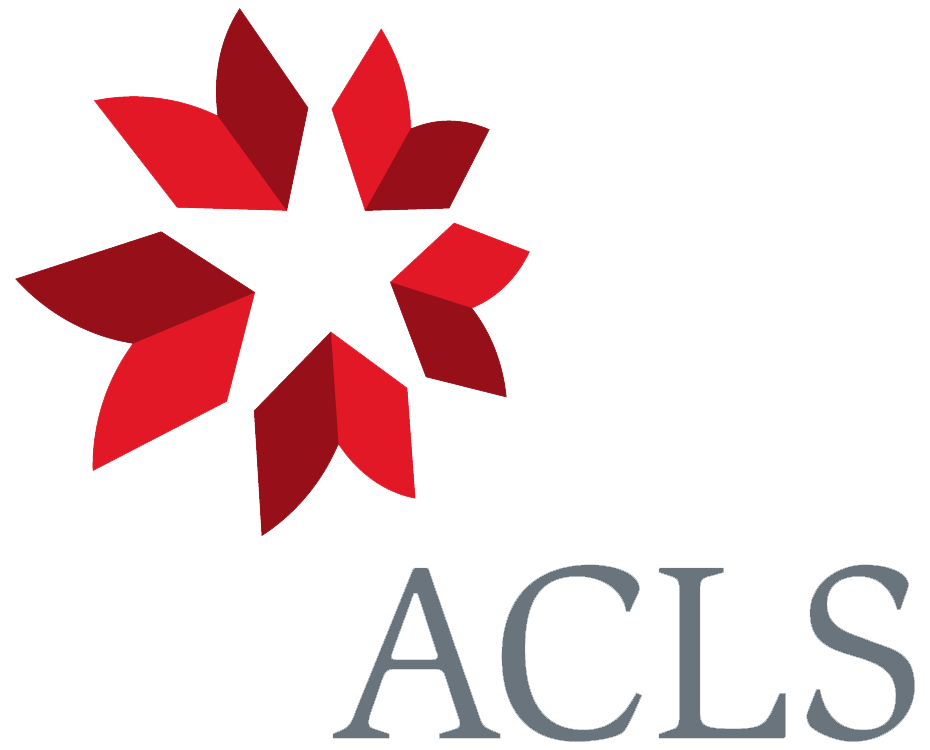To William Kemp 1 December [1843]1
Down Bromley Kent
Nov. 31.
Dear Sir
You will be weary of my interminable letters.— Conversing yesterday with Mr. R. Brown (the great Botanist) I found him very skeptical, & to my great surprise he threw some shadow of doubt on the Agyptian Wheat case, & the doubt rested (& likewise in the case of the Raspberry seed) on the evidence not being clear that Sir G. Wilkinson did really get the seed himself or personally knew the person who with his own hands got the seed out of the Mummy Case.2 Will you, therefore, please to inform me, whether you yourself extracted any of the seeds.—or whether Mr — Bell (please inform me of his Christian name) actually saw the seeds disinterred?3 or whether any other middle aged inhabitent (giving ⟨1 line missing⟩ witnesses.— Were ⟨th⟩ere many work-people present who were witnesses? Could any of them have buried the seed in hopes of being rewarded for the discovery (it has been suspected that this was the case with the Raspberry seeds & known to be the case with some Mummy Wheat).—
Will you please to give me a brief & correct account of this part of the evidence.4
& believe me | dear Sir | Yours very faithfully | C. Darwin
Is Mr Bell of Melrose the actual land-owner of the Sand-pit? or does he rent it?
Footnotes
Bibliography
Lindley, John. 1840. The theory of horticulture; or, an attempt to explain the principal operations of gardening upon physiological principles. London: Longman, Orme, Brown, Green, and Longmans.
Summary
Robert Brown has cast much doubt on the integrity of the seed-planting experiment.
Letter details
- Letter no.
- DCP-LETT-716F
- From
- Charles Robert Darwin
- To
- William Kemp
- Sent from
- Down
- Source of text
- Cambridge University Library (MS Add. 10252/22) (gift of Ruth Cramond and David Cramond)
- Physical description
- ALS 4pp
Please cite as
Darwin Correspondence Project, “Letter no. 716F,” accessed on 24 April 2024, https://www.darwinproject.ac.uk/letter/?docId=letters/DCP-LETT-716F.xml
Also published in The Correspondence of Charles Darwin, vol. 18 (Supplement)


